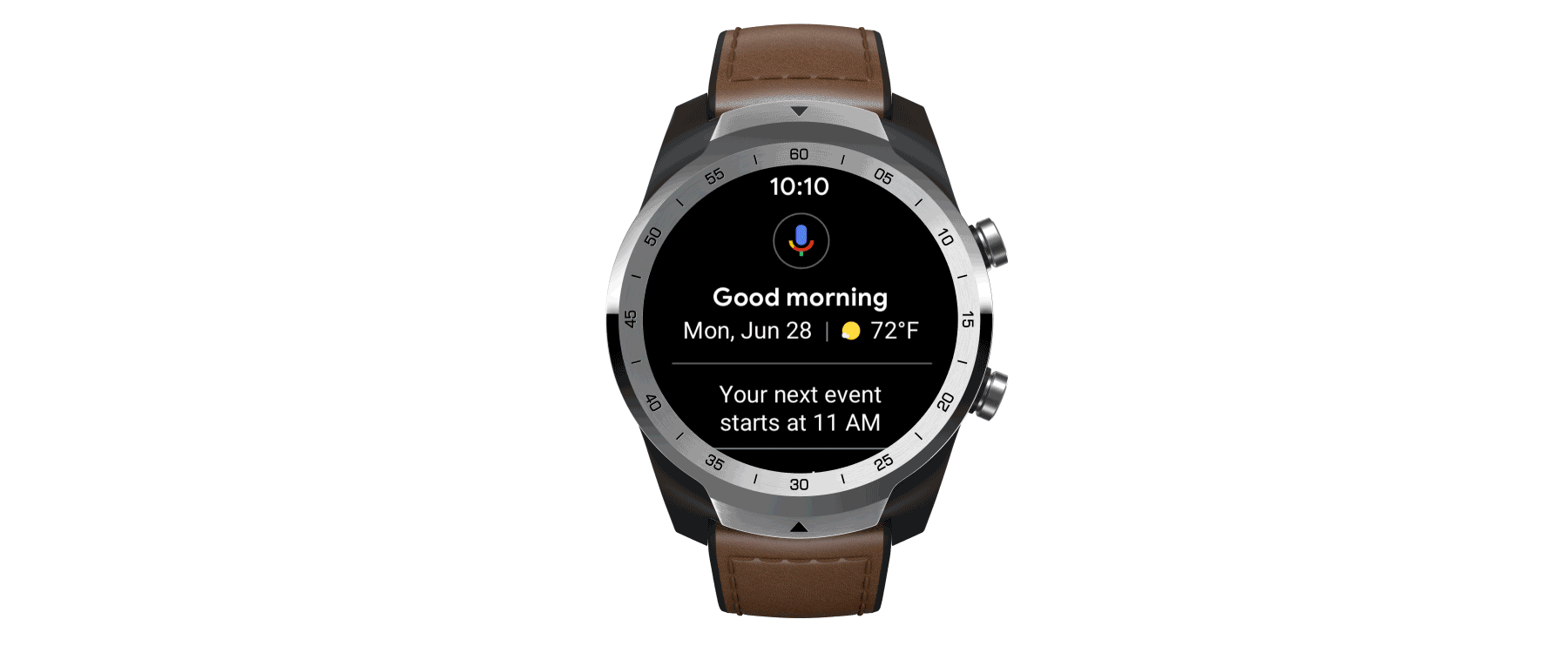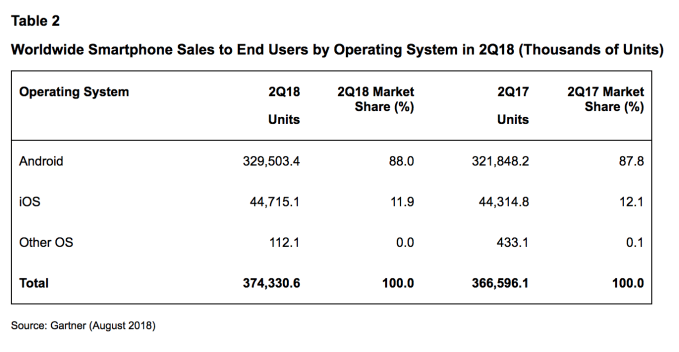The slings and arrows aimed at tech’s titans these days are almost too numerous to count. Jeff Bezos: squandering money on space while exploiting warehouse employees. Mark Zuckerberg: complicit in everything from genocide to the death of democracy. Larry Page and Sergey Brin: in bed with China and the military. Elon Musk: where even to begin?
Tim Cook has mostly escaped the brickbats, but if Steve Jobs were still with us, it seems plausible he’d be the biggest target of all. And the list goes on from there, of course.
Let’s not kid ourselves: a lot of this criticism is warranted. Amazon should treat its warehouse workers better. Facebook should have seen the new form of information warfare coming from further away, recognized it when it was happening, and responded much faster and more decisively. Google shouldn’t have come as close as it did to implementing Project Maven. Tesla should … well … should basically be less of a mess.
More generally, the tech sector is vastly more important than it used to be, both as a segment of the economy and as an intimate part of people’s lives, and the tech industry’s responsibilities are, accordingly, vastly greater than they were. People should be more critical of us, and more watchful. We should more carefully consider the consequences of our actions and inactions.
And yet. It’s hard to shake the sense that a lot of the criticism aimed at tech titans is because they are so visible, not because they are actually responsible. Bezos and Musk get an amazing amount of flak for their efforts at private space exploration. This just seems bizarre. You may not agree that space exploration is an important, and possible critical, field of human endeavor, but surely you can agree that people might believe this in good faith, and that it’s not just — at the most extreme and laughable edge of those criticisms — the patriarchy in action.
Also, it’s hard to ignore the fact that, on a relative shoestring, SpaceX and Blue Origin have been making meaningful advances (such as self-landing reusable boosters, and the cost-per-kilogram-to-orbit of the Falcon Heavy) which NASA has failed to make directly with its $19 billion budget — which in turn, as Canadian astronaut Chris Hadfield points out, is less than twice what America spends on Halloween every year.
And if people are upset about tech billionaires squandering money, why on earth aren’t they up in arms, in mobs with pitchforks and torches, enraged by the financial industry? The financial industry which consumes 30% of all US corporate profits, compared to 10% thirty years ago. Of course, in exchange for that extra fifth of all profits, it gives us … uh … well, nothing, really; it just takes.
Similarly, there are fewer hedge-fund billionaires than there used to be, thankfully, but there are still an astonishing number of these people who are, in essence, very smart parasites who contribute nothing. “8 percent of the 400 wealthiest people in America is a big number for a group that arguably doesn’t contribute any economic activity.” Indeed — and, from the same article:
Hedge fund managers are different from other rich people in this way: Theirs is extremely liquid wealth. Other billionaires’ holdings are often locked up in assets that cannot be sold as easily, such as real estate or company shares. Because hedge fund managers are essentially in a cash business, these managers are able to buy sports teams and other high-priced toys by writing a check.
There’s a reason why there have been no mobs on Wall Street since the Occupy movement dissipated, and it is, I think, sadly, learned helplessness and despair. People don’t protest the parasites of the financial industry, or the military-industrial complex, or the bizarre cost disease that infects the US economy, or other aspects of our economy which are far, far more damaging than even the worst aspects of the tech industry, because they no longer believe that anything can be done about them. It’s sad but understandable.
In a way, it speaks well of technology that it attracts such criticism. It means that we’re incompatible with learned helplessness and despair, because for all of our (many) flaws, ours is still essentially an industry of hope, and one which actually builds and contributes thing rather than siphoning value. As mentioned, a lot of the criticisms are merited, and we should absorb them, consider them, and act upon them.
But at the same time let’s not pretend that tech is in any way Public Enemy No. 1, or that we represent all that is wrong with the world, or that tech people are uniquely and specially terrible, or that we should be the primary focus of criticism re how the world works, just because we are particularly striking and visible. If you want to deal with the enemies of a better world in order of importance, then I’m afraid you’re going to need to start elsewhere.

from Apple – TechCrunch https://ift.tt/2LvYzVI




